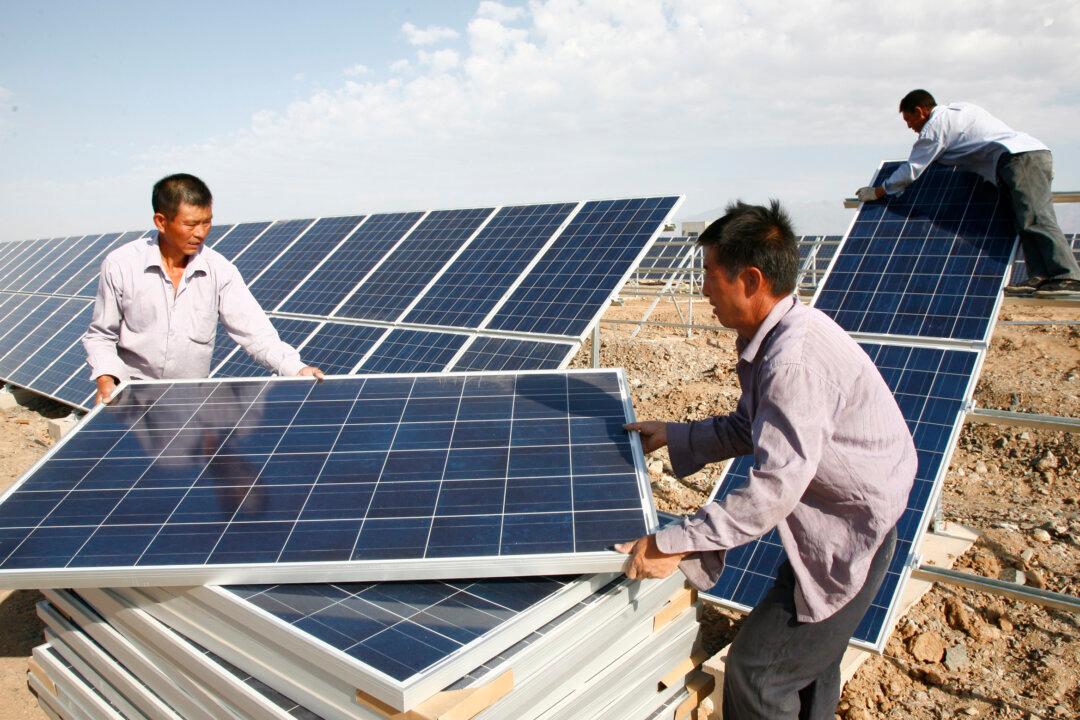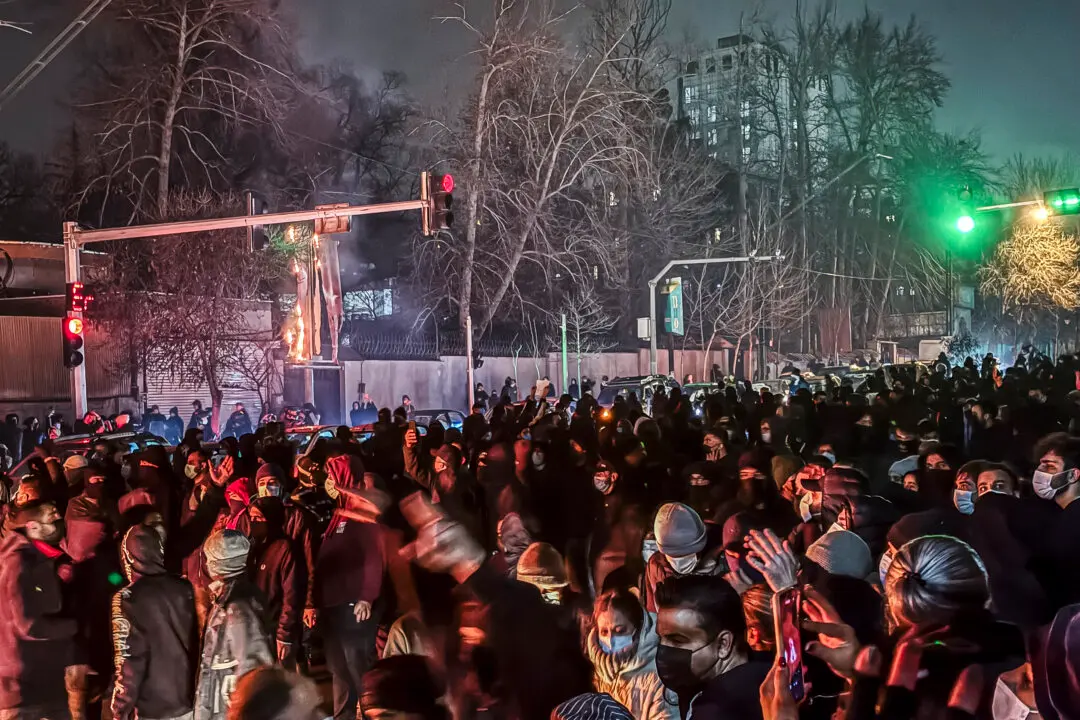Many solar companies continue to directly or indirectly source materials from Xinjiang despite the region being known for human rights abuses like forced labor.
The solar industry has come under criticism for its ties with Xinjiang, a critical supplier of polysilicon, the material used in manufacturing solar panels. The region is estimated to account for almost a third of global polysilicon output as well as the production of metallurgical-grade silicon that is used to make polysilicon.
“Production in China significantly increases exposure,” it said. “Some of the world’s largest module manufacturers appear to have bifurcated their supply chains to create a product line that they claim to be free of XUAR (Xinjiang) inputs, though evidence of these claims varies by supplier.
“Most companies have suggested that these supply chains are dedicated to the US market or designed with UFLPA compliance in mind,” it said, referring to the U.S. Uyghur Forced Labor Prevention Act (UFLPA).
“The portion of modules made by China-based companies on these dedicated supply chains appears to range from 7–14 percent of the companies’ total production capacity globally.”
The SHU report points out that “companies that have created supply chains purportedly free of XUAR [Xinjiang Uyghur Autonomous Region] inputs continue to source from suppliers or sub-suppliers that have exposure to the Uyghur Region for other product lines.”
In its assessment, the report looked at the top five solar panel manufacturers in the world as well as some of the smaller brands.
Out of the 10 solar manufacturers assessed in the report, most of them had a “high” or “very high” risk of exposure to Xinjiang inputs.
JA Solar, LONGi Solar, Maxeon Solar Technologies, Qcells, REC Group, and Trina Solar had operations with a “very high” risk of exposure. Canadian Solar, Jinko Solar, and Tongwei Solar had a “high” operational rating.
Transparency Issue, Company Responses
The SHU report pointed to the lack of transparency in determining whether a product line contained an item linked to Xinjiang.“It is sometimes impossible to determine if it is indeed the case that these dedicated product lines are XUAR-input-free because companies do not disclose sufficient supply chain information,” it said.
“Despite significant global pressure for increased transparency, information regarding solar industry sourcing is becoming less transparent over time, thwarting the world’s ability to source ethically.”
In their response to the report, some companies stated that their supply chains are free from Xinjiang inputs, while some skirted the issue. Certain firms also insisted that there were errors in the supply chain data used in the report.
Jinko Solar said it has “zero tolerance for the use of forced labor and extends the same criteria to its suppliers.” In May, the company announced the sale of its equity interest in an operation in Xinjiang.
LONGi Solar said the firm has “always complied and will always comply with the applicable laws and business ethics in jurisdictions it operates in.”
Maxeon said that the solar panels manufactured by the company “contain polysilicon made in several countries outside of China with zero Chinese upstream materials.”
Removing Forced Labor From Supply Chain
The solar industry in the United States has been taking action against the issue of forced labor. In February, over 340 companies signed a pledge (pdf) by the Solar Energy Industries Association (SEIA) to ensure that “the solar supply chain is free of forced labor and raising awareness within the industry on this important issue.”“By implementing the key principles of the Protocol, companies are better able to meet their U.S. import compliance obligations and provide customers supply chain transparency,” it said.
Meanwhile, a recent report by a nonprofit research firm put a spotlight on the carbon intensity of manufacturing solar cells in China.





